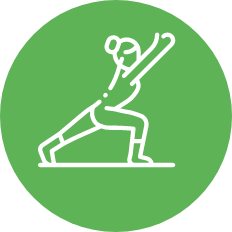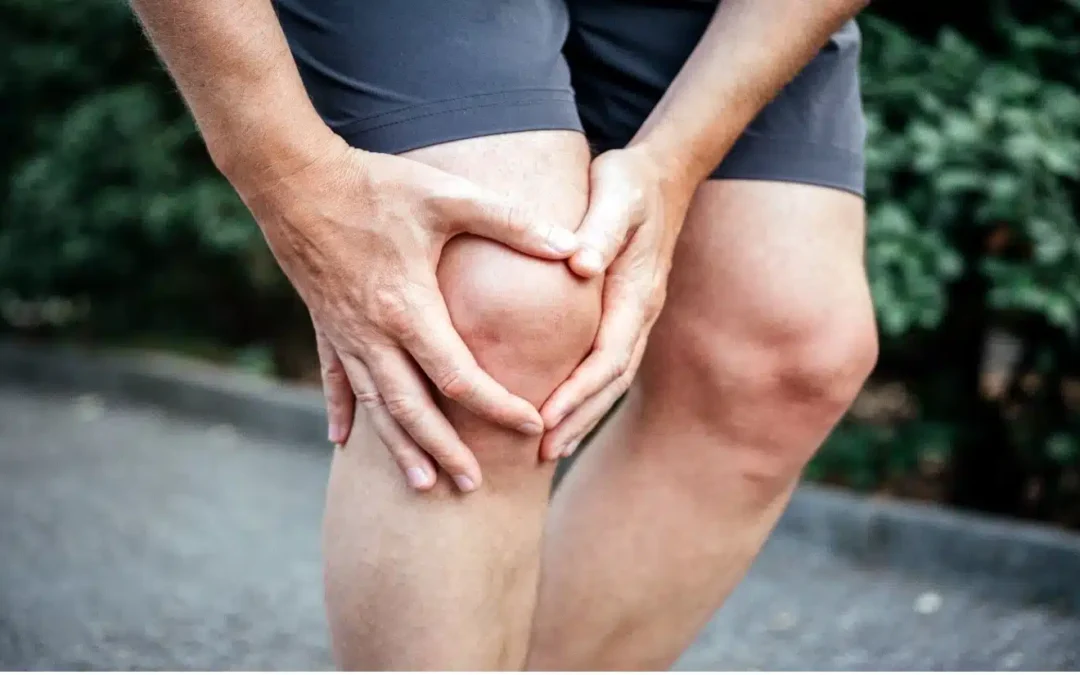For thousands of years, surgery has been humanity’s primary solution for repairing injuries and alleviating chronic pain.


Although we speak of “the shoulder joint,” the shoulder’s extraordinary range of motion results from two joints, the glenohumeral joint and the acromioclavicular joint. The glenohumeral joint is the “ball and socket joint,” where the head of the upper arm bone (the ball) meets the socket of the shoulder blade. The acromioclavicular joint is where the collarbone meets the shoulder blade. Over a dozen muscles and three primary bones connect to form the two joints, working together to move and stabilize them. Tendons attach muscles to the bones, facilitating movement, while ligaments connect the bones together, providing stability.
The shoulder joint’s complexity allows it to perform a wide range of movements, including extension, flexion, adduction, abduction, internal and external rotation, and circumduction (swinging the arm in a circular motion). The shoulder lifts, throws, reaches, and swings with such strength, flexibility, and control that it is essential to athletics, work, daily activities, and nonverbal communication. Shoulder joint pain can result when any facet of this complex system is compromised through injury, inflammation, degeneration, mechanical stress, impingement, or instability.
Osteoarthritis is another frequent cause of shoulder joint pain. It involves the deterioration of cartilage (the smooth covering that enables joints to move easily). As the cartilage is worn away, bone rubs against bone, causing pain, swelling, and reduced motion in the joint.
What else can cause shoulder joint pain? Two common causes relate to daily activities: poor posture and repetitive stress.


To ease shoulder joint pain, improve your posture and compensate for repetitive tasks. Focus on exercises to strengthen your core muscles as well as the back and shoulders. Adjust your work environment and use ergonomic furniture to support your body and encourage healthy posture and movements.

If you’re experiencing severe shoulder pain, it may be time to seek medical attention. (If you’re having shoulder pain paired with trouble breathing, sweating, or tightness in your chest, this can signal a heart attack; call 911 or emergency assistance.)
Make an appointment if your shoulder joint pain includes:
Initial assessments typically involve a physical examination, followed by imaging tests to pinpoint the cause of your shoulder joint pain. X-rays can reveal bone-related issues, while MRI (Magnetic Resonance Imaging) scans provide detailed images of soft tissues, including muscles and tendons. Ultrasounds may also be used to assess the dynamic function of the shoulder joint. With these results, your doctor can develop a treatment plan that may include physical therapy, medication, or surgery, depending upon the diagnosis.
While conventional treatments for shoulder joint pain are often limited to physical therapy, steroid injections, or surgery, other options offer tremendous promise. Therapeutic massage, supplements for shoulder pain, and regenerative medicine treatments can offer significant benefits.
QC Kinetix provides regenerative therapy for shoulder joint pain with the goal of alleviating pain, restoring function, and improving mobility. This treatment is ideal for treating injuries, chronic conditions like bursitis, or repetitive strain. Regenerative treatment harnesses the body’s healing mechanisms and directs them to the source of your pain. Drug-free and non-invasive, regenerative therapy does no damage to the shoulder, and you don’t have to miss a day of work for the procedure or recovery.

For thousands of years, surgery has been humanity’s primary solution for repairing injuries and alleviating chronic pain.


QC Kinetix Joint & Bone Health supplements help your body to repair and renew injured joint tissues, including cartilage, ligaments, and tendons, while reducing inflammation of the bursae. Unlike steroids or pharmaceuticals, our supplements for joints work with your body to promote healing.
Supplements can boost your overall joint health as part of a general fitness program. However, they are particularly valuable for treating damaged or inflamed and painful joints. The Arthritis Foundation finds that joint health supplements show promise for relieving pain, stiffness, and other symptoms of arthritis.

*Fill out the form below, and an expert will reach out to you shortly. All fields must be completed.
*Please allow 30-60 minutes of allotted time to meet with a specialist to determine if you are a candidate for our services. Exams are included and are complimentary.
